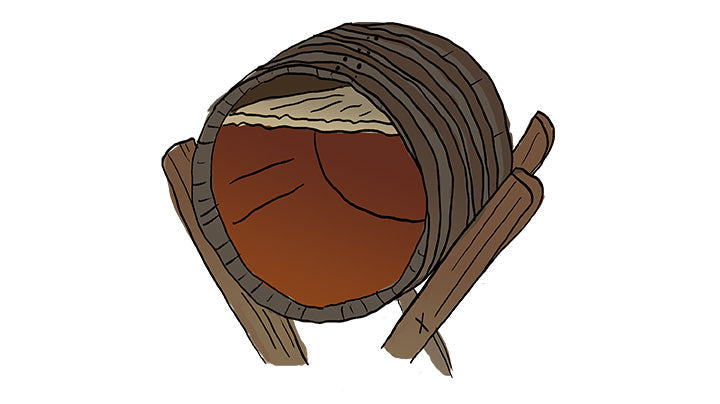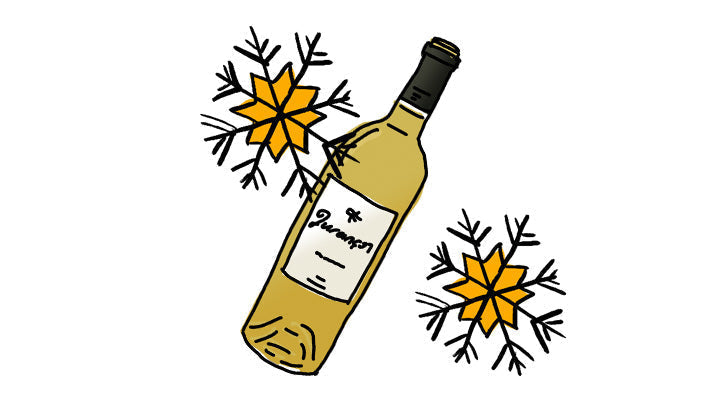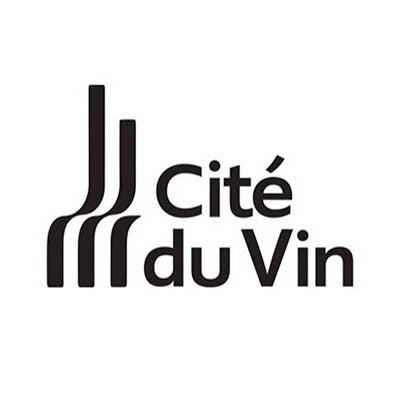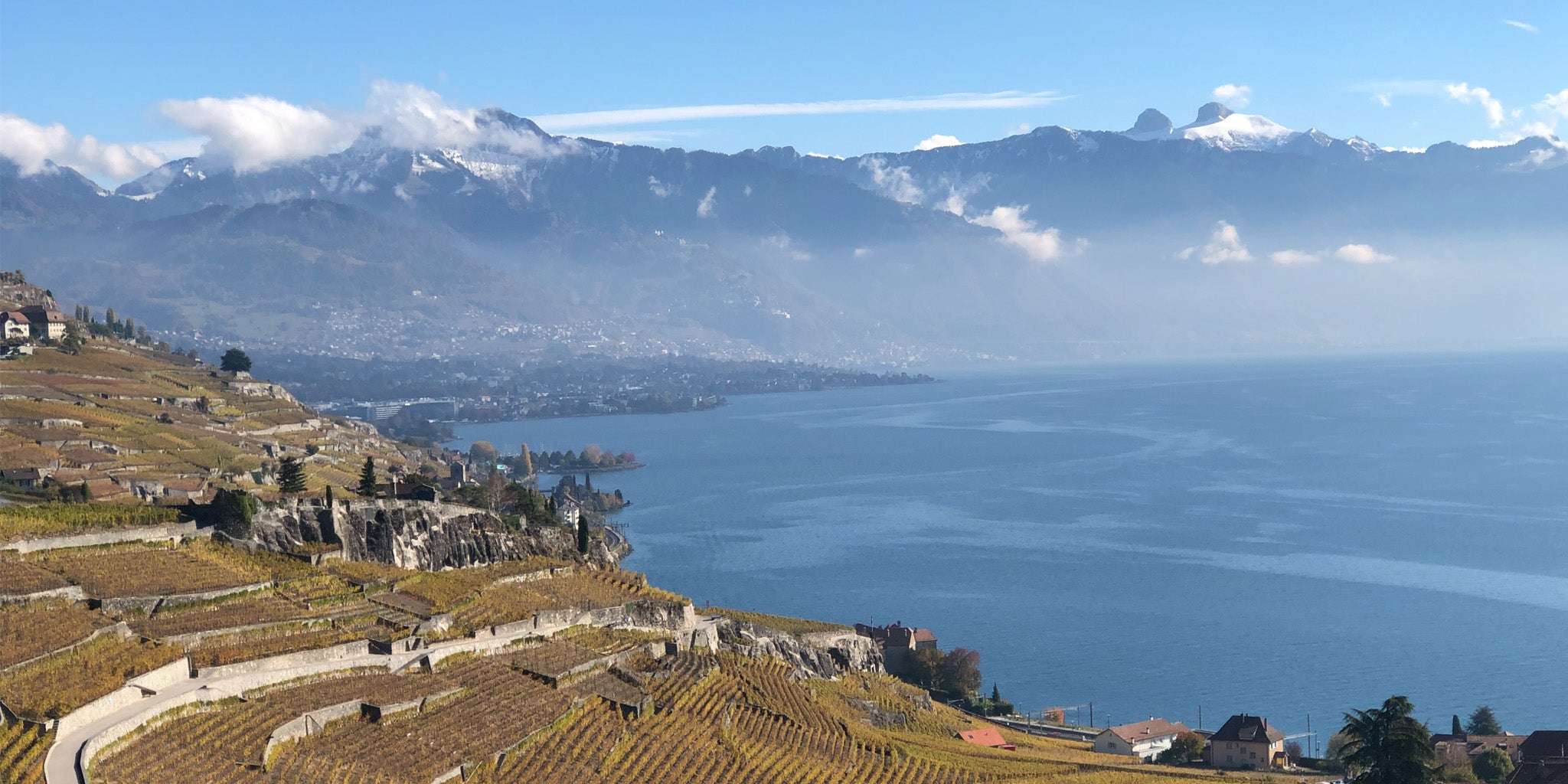A historic winemaking region
Colares, situated on Portugal’s Atlantic coast near Lisbon, is among the country’s oldest wine regions. Although it was officially recognised as a Denominação de Origem Protegida (DOP) in 1908, winemaking here has ancient roots.
Colares is famous for producing unique wines and for its surprising resistance to the phylloxera pest that devastated vineyards across Europe in the late 19th century. This resilience has made Colares a renowned region for wine lovers and historians alike.
Sandy soils
The vineyards in Colares benefit from sandy soils, which act as a natural barrier against phylloxera. Unlike other European vineyards that suffered from this pest, Colares vines thrived in the sand. This has helped preserve the region’s traditional grape varieties, particularly ramisco, the flagship black grape variety of Colares.

Managing the harsh growing conditions
Foggy spring
Above ground, vine's training method remain low to absorb warmth and sunlight reflected from the sand —a vital adaptation in this maritime region that’s often foggy at springtime, short on consistent sunlight.
Strong winds
Wooden fences are placed around the vineyards to break the wind and protect the vines.
Intense summer heat
When the sun becomes stronger in summer, the sand heats up quickly, which can put the grapes at risk of sunburn.
To prevent this, growers lift the vines off the hot sand using stakes, allowing the cooling sea breeze to circulate under the vines and keep them safe from heat damage.
Animal pests
- Human hair: To deter rabbits, growers scatter human hair around the vines, a traditional method believed to keep these animals away.
- Apple trees: Reine des Reinettes apple trees are planted to attract birds, drawing them away from the grapes and reducing the risk of crop damage.
Local grape varieties: ramisco and malvasia
Ramisco and malvasia are planted close to the ocean in these porous sandy soils.
- Ramisco (red wines): The main grape of Colares! Wines made from ramisco have notes of cherry, cedar, and forest floor, with medium+ tannins and a touch of balsamic flavour in the mouth. Ramisco wines are matured in small oak barrels or large Brazilian mahogany wood vessels. This maturation process contributes to ramisco’s earthy, resinous aromas, adding complexity to the wine.
- Malvasia (white wines): This is the primary white grape grown in Colares. Known for its freshness and saline finish, malvasia wines offer flavours of green apple and herbaceous notes with medium acidity.

Colares cooperative
In 1931, the Colares wine cooperative "Adega Regional de Colares" was established. This cooperative was created to protect the DOP status of the Colares wines, ensuring authenticity and preserving the heritage of the region's wines.
Originally, the cooperative had 488 members managing about 1,500 hectares of vines planted in sand. Today, only 14 members and 24 hectares remain, due largely to urban pressures and the difficulty of cultivating these traditional vines.
Yet, interest is growing, and the cooperative’s work remains essential to protecting the heritage of Colares wines.
Colares is a region with ancient practices, making it one of Portugal’s most remarkable wine regions.














